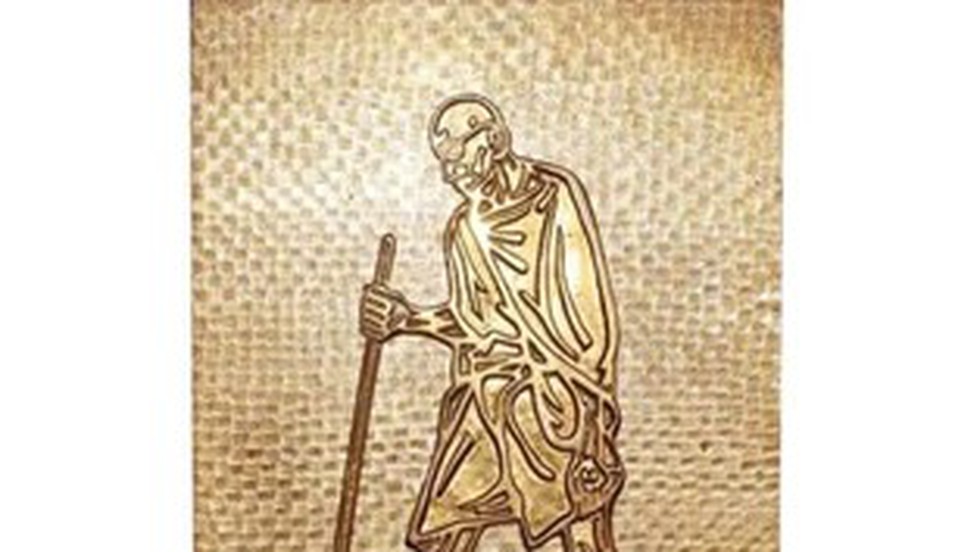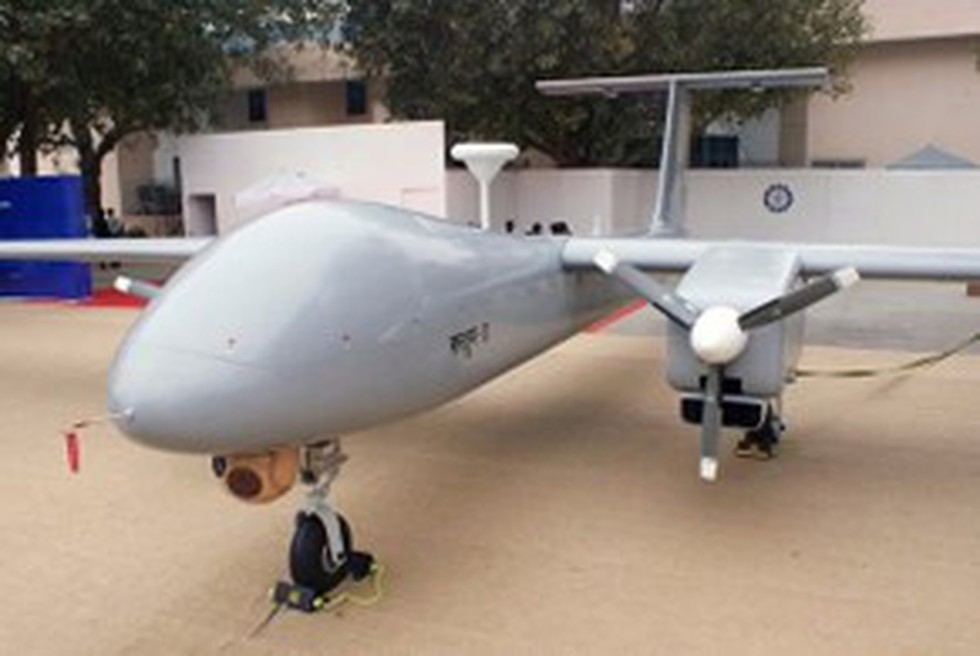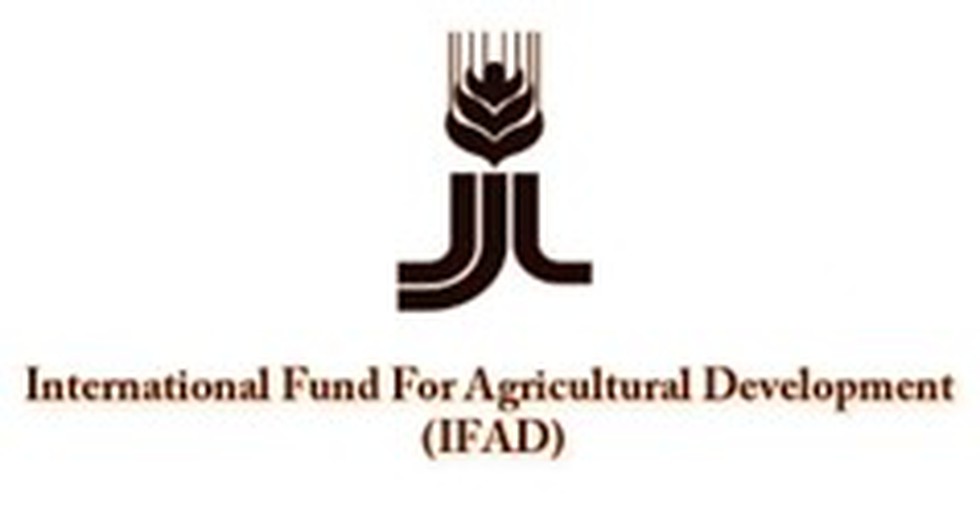
About LEED Certification:
- Leadership in Energy and Environmental Design is the world's most widely used green building rating system in the world.
- It is available for virtually all building types.
- This certification provides a framework for healthy, highly efficient, and cost-saving green buildings, which offer environmental, social and governance benefits.
- It is a globally recognized symbol of sustainability achievement and leadership.
- To achieve LEED certification, a project earns points by adhering to prerequisites and credits that address carbon, energy, water, waste, transportation, materials, health and indoor environmental quality.
- Projects go through a verification and review process by GBCI and are awarded points that correspond to a level of LEED certification: Certified (40-49 points), Silver (50-59 points), Gold (60-79 points) and Platinum (80+ points).
- This rating system is developed by the United States Green Building Council (USGBC).

About INS Vagir:
- It was launched into water on November 12, 2020 and commenced sea trials on February 1, 2022.
- It is a Kalvari-class submarine, which includes vessels, such as the INS Kalvari, INS Khanderi, INS Karanj, INS Vela and INS Vagsheer.
- It is the fifth Scorpène-class submarine.
- It is built under Project-75 by the Mazgaon Docks Ltd,under technology transfer from the Naval Group of France under a $3.75 billion deal signed in October 2005.
- Features
- It is capable of undertaking diverse missions including anti-surface warfare, anti-submarine warfare, intelligence gathering, mine laying and surveillance missions.
- It has advanced stealth features and is also equipped with both long-range guided torpedoes and anti-ship missiles.
- It is having "superior stealth features" like advanced acoustic absorption techniques.

About Drugs Technical Advisory Board:
- It is the highest statutory decision-making body on technical matters related to drugs in India.
- It is established as per the Drugs and Cosmetics Act, 1940.
- It is part of the Central Drugs Standard Control Organization (CDSCO).
- Nodal Ministry: Ministry of Health and Family Welfare.
- Function: It advises the Central Government and the State Governments on technical matters arising out of the administration of the Drugs and Cosmetics Act, of 1940 and to carry out the other functions assigned to it by this Act.
What are Non-steroid Anti-inflammatory Drugs?
- These are medicines that are widely used to relieve pain, reduce inflammation, and bring down a high temperature.
- These drugs block the production of certain body chemicals that cause inflammation.
- The most popular examples of drugs in this group are aspirin and ibuprofen.

About Reef Sharks:
- They play a major role in shaping Caribbean reef communities.
- As the top predators of the reef and indicator species for marine ecosystems, they help maintain the delicate balance of marine life in reef environments.
- Habitat: Tropical waters near coral reefs, sea grass beds and mangroves.
- Species of reef sharks: The Caribbean reef shark, nurse shark, grey reef shark, blacktip reef shark and whitetip reef shark
- Threats:
- They are highly valued for their meat, leather, liver oil, and fishmeal, which make them prone to overfishing and targeting.
- They are threatened by the degradation and destruction of their coral reef habitat due to coastal development and resulting pollution.
- They are often unintentionally caught by unregulated and illegal fishing practices that cannot distinguish the reef shark from the fishers’ targeted species.

About Gandhi Peace Prize:
- It is an annual award instituted by the Government of India in 1995,
- It was instituted on the occasion of the 125th Birth Anniversary of Mahatma Gandhi as a tribute to the ideals espoused by Mahatma Gandhi.
- The award is open to all persons regardless of nationality, race, language, caste, creed or gender.
- The award carries an amount of 1 crore, a citation, a plaque and an exquisite traditional handicraft/handloom item.
- The prize can be given to institutions, individuals and organisations.
- Recent awardees include Sultan Qaboos Bin Said Al Said, Oman (2019) and Bangabandhu Sheikh Mujibur Rahman (2020), Bangladesh.
Key facts about Gita Press
- It was established in 1923, Gita Press is one of the world’s largest publishers, having published 41.7 crore books in 14 languages, including 16.21 crore Shrimad Bhagvad Gita.
- In recognition of its outstanding contribution towards social, economic and political transformation through non-violent and other Gandhian methods.

About Gulf of California:
- The Gulf of California, also called the Sea of Cortez is a large inlet of the eastern Pacific Ocean along the northwestern coast of Mexico.
- It separates the mountainous Lower California Peninsula/Baja California Peninsula in the west from the states of Sonora and Sinaloa on the mainland of Mexico in the east.
- Geography:
- It covers an area of 160,000 sq. km and has a long coastline of approximately 4,000km.
- It is about 1,126km long and has a maximum width ranging between 48 to 241km.
- The Gulf is divided into two portions and is separated by a narrowing that is marked by the islands of Tiburón and Angel de la Guarda.
- The northern portion is relatively shallow, with a mean depth of 180m, while the southern portion contains many depressions and the deepest of these depressions reaches a maximum depth of over 3,000m.
- The head of the gulf is dominated by the large Colorado River Delta through which the Colorado River drains into the Gulf.
- The long coastline of the gulf is extremely irregular and forms numerous small bays.
- Geology: The Gulf of California was created around 5.3 million years ago due to the movement of tectonic plates that separated the Baja California Peninsula from the North American Plate.
- Islands:
- There are about 37 major islands in the Gulf of California that is mostly located on its western side.
- It is believed that these islands were created due to volcanic eruptions and several of these islands are home to volcanoes.
- Some of the major islands include the Isla Ángel de la Guarda, Isla Tiburón, Islas Marías, Isla Partida, Islas San Francisco, Isla Coronados, etc.
- Climate: Due to the presence of an uninterrupted chain of mountains on the Baja California Peninsula, the Gulf of California experiences a ‘continental’ climate rather than an ‘oceanic’ climate.

About Energy Efficiency Services Limited (EESL):
- EESL is promoted by the Ministry of Power, Government of India, as a Joint Venture of four reputed public-sector undertakings NTPC Limited, Power Finance Corporation Limited, REC Limited and POWERGRID Corporation of India Limited.
- It is registered under the Companies Act, 1956 on 10th December 2009.
- EESL was formed to create and sustain market access to energy efficient technologies, particularly in public facilities like municipalities, buildings, agriculture, industry etc. and to implement several schemes of the Bureau of Energy Efficiency, Ministry of Power and Ministry of New & Renewable Energy, Government of India.
- EESL is also leading the market-related activities of the National Mission for Enhanced Energy Efficiency (NMEEE).
National Mission on Enhanced Energy Efficiency (NMEEE):
- It is one of the eight national missions under the National Action Plan on Climate Change (NAPCC).
- Aim: To strengthen the market for energy efficiency by creating a conducive regulatory and policy regime and envisage fostering innovative and sustainable business models in the energy efficiency sector.
- The Mission is implemented since 2011.
- Initiatives under NMEEE: It consists of four initiatives to enhance energy efficiency in energy-intensive industries, which are as follows:
- Perform Achieve and Trade Scheme (PAT): Implementing a market-assisted compliance mechanism to accelerate the implementation of cost-effective improvements in energy efficiency in large energy-intensive industries.
- Market Transformation for Energy Efficiency (MTEE): Accelerating the shift to energy-efficient appliances in specific applications through innovative measures to make the products more affordable.
- Energy Efficiency Financing Platform (EEFP): Facilitating Financial Institutions to invest in Energy Efficiency Projects and Programmes.
- Framework for Energy Efficient Economic Development (FEEED): Developing fiscal instruments to leverage financing for Energy Efficiency through risk mitigation.
- Implementation agencies:
- BEE: Bureau of Energy Efficiency.
- EESL: Energy Efficiency Services Limited

About Bhitarkanika National Park:
- Location: It is located in Kendrapara district in the state of Odisha.
- It is India’s second-largest mangrove ecosystem after the Sunderbans.
- It is a 145 Sq. km large national park which was designated on 16th September 1998 and obtained the status of a Ramsar site in August 2002,e., the second Ramsar site of the State after the Chilika Lake.
- This National Park is a network of creeks and canals which are inundated with waters from rivers Brahmani, Baitarani, Dhamra and Patasala, forming a unique ecosystem.
- Flora: Mangrove species, casuarinas, and grasses like the indigo bush.
- Fauna:
- Bhitarkanika has one of the largest populations of endangered saltwater crocodiles in India.
- The Gahirmatha Beach, which forms the boundary of the park in the east, is the largest colony of the Olive Ridley Sea Turtles.
- Other mammals include monkeys, jackals, common langurs, otter, sambar deer, jungle cats, fox, Mongoose, wolfs, fishing cats, hyenas, etc.
Key facts about Saltwater crocodile:
- Saltwater crocodiles, or estuarine crocodiles, are enormous creatures and the world's largest living reptiles.
- Scientific name: Crocodylus porosus
- Distribution: It inhabits brackish waters of wetlands and marine intertidal environments from Sri Lanka, India, Bangladesh, and Myanmar east to the Solomon Islands and Vanuatu and south to Australia’s northern coast.
- Features:
- The average male is 5m in length and weighs around 500kg, while females are significantly smaller.
- They are nocturnal hunters.
- The species is known for its aggressive nature, as shown by numerous attacks on people and livestock each year.
- Conservation Status:
- IUCN: Least Concern

About Tapas Unmanned Aerial Vehicle (UAV):
- It is known asTapas-BH 201(Tactical Airborne Platform for Aerial Surveillance-Beyond Horizon 201) , formerly referred to as Rustom-II.
- It is a Medium Altitude Long Endurance (MALE) unmanned aerial vehicle.
- It is being developed by Aeronautical Development Establishment (ADE), Defence Research & Development Organisation (DRDO).
- Features:
- It is capable of operating at altitudes of up to 28,000 feet with an endurance of over 18 hours.
- The drone has a 20.6-meter wingspan and a maximum speed of 225 kmph.
- It can carry a variety of payloads up to a maximum of 350 kgs.
- It can be controlled remotely and also has the ability to execute pre-programmed flight plans autonomously with precision and flexibility.
- Designed to fulfil the Intelligence, Surveillance, Target Acquisition, Tracking & Reconnaissance (ISTAR) requirements of the tri-services, the Tapas UAV can effectively operate in both day and night conditions.
- It is pre-designed to carry certain weapons and can be converted into an armed platform as and when required by the user.

About International Fund for Agricultural Development (IFAD):
- It is an international financial institution and a specialised agency of the United Nations.
- It was established as an international financial institution in 1977 through United Nations General Assembly Resolution 32/107 (15 December 1977) as one of the major outcomes of the 1974 World Food Conference.
- Headquarters: Rome, Italy
- It is a member of the United Nations Development Group.
- Governance:
- Its Governing Council, consisting of representatives of more than 160 member states, is the principal decision-making body.
- Its 18-member Executive Board oversees daily operations.
- Functions:
- It focuses exclusively on rural poverty reduction, working with poor rural populations in developing countries to eliminate poverty, hunger and malnutrition; raise their productivity and incomes; and improve the quality of their lives.
- IFAD seeks to empower rural people to increase their food security, improve the nutrition of their families and increase their incomes through funding of grants and low-interest loans to several projects.
- The IFAD assists vulnerable groups such as smallholder farmers, pastoralists, foresters, fishers and small-scale entrepreneurs in rural areas by providing, among others, access to weather information, disaster preparedness, social learning and technology transfer that enables farmers to feed growing populations and increase the climate resilience of rural farming systems.
What are Millets?
- Millets are coarse grains with a high nutritional value.
- They are rich in protein, vitamins, minerals, and fibres.
- Unlike other cereals, millets require little water and ground fertility.
- They’re also able to survive in harsh environments and less fertile soil.


.png)
.png)
.png)
























































































































































.png)
.png)
.png)
.png)
.png)


.png)
.png)
.png)





.png)
.png)






.png)
.png)
.png)
.png)
.png)
.png)
.png)
.png)
.png)

.png)







.png)
.png)


.png)
.png)
.png)


.png)

.png)
.png)





.jpg)

.png)
.png)


.png)

.png)
.png)
.png)

.jpg)

.jpg)


.png)

.png)
.png)
.png)
.png)
.png)
.png)
.png)
.png)
.png)
.png)




.png)

.png)





.png)
.png)
.png)
.png)
.png)
.png)
.png)
.png)
.png)
.png)
.jpg)
.jpg)

.png)
.png)
.png)
.png)
.png)
.png)
.png)
.png)
.png)
.png)
.png)
.png)
.png)
.png)
.png)
.png)
.png)
.png)
.png)



.png)
.png)

.jpg)
.jpg)


.jpg)
.jpg)
.jpg)
.jpg)
.jpg)

.jpg)








.jpg)
.jpg)
.jpg)
.jpg)
.jpg)

















.jpg)
.jpg)







.jpg)


















.jpg)
.jpg)






























































































.jpg)
.jpg)


























.jpg)

.jpg)










.jpg)








.jpg)




.jpg)










.jpg)


















.jpg)












































.jpg)














.jpg)
.jpg)
.jpg)





.jpg)

.jpg)
.jpg)





































































.jpg)


































.jpg)
.jpg)
















































.jpg)












.jpg)


.jpg)




.jpg)
.jpg)
.jpg)

.jpg)
.jpg)
.jpg)
.jpg)

.jpg)
.jpg)
.jpg)

.jpg)
.jpg)
.jpg)
.jpg)
.jpg)
.jpg)
.jpg)
.jpg)

.jpg)


.jpg)
.jpg)
.jpg)
.jpg)
.jpg)
.jpg)
.jpg)
.jpg)
.jpg)
.jpg)











.jpg)
.jpg)





.jpg)
.jpg)
.jpg)
























.jpg)
























.jpg)









.jpg)
.jpg)







.jpg)
.jpg)









































.jpg)
.jpg)
.jpg)
.jpg)
.jpg)

.jpg)
.jpg)
.jpg)
.jpg)
.jpg)


.jpg)
.jpg)
.jpg)
.jpg)
.jpg)

.jpg)
.jpg)
.jpg)
.jpg)
.jpg)
.jpg)
.jpg)
.jpg)
.jpg)
.jpg)
.png)

.png)
.png)

.png)
.png)
.png)
.png)


.jpg)
.jpg)

.jpg)
.jpg)
.jpg)

.png)
.png)
.png)
.png)
.png)
.png)
.png)

.png)
.png)
.png)
.png)
.png)
.png)
.png)
.png)
.png)
.png)





































































-min.png)



.png)




.png)








































